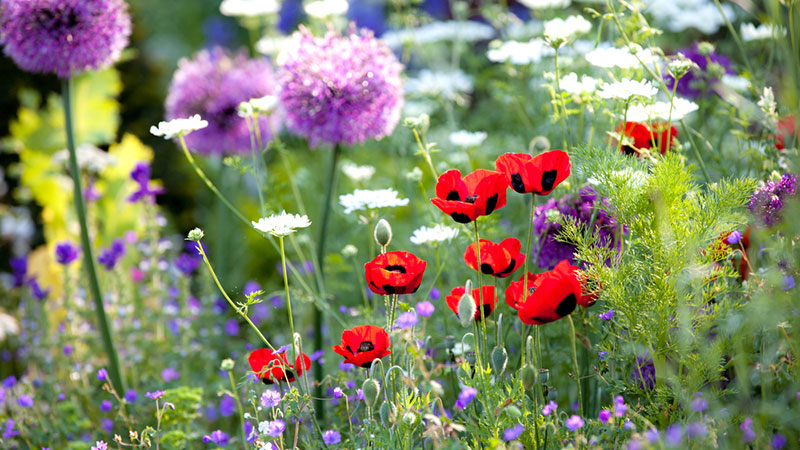Watching a recent episode of Antiques Roadshow we came across a lovely feature about the language of flowers, and whilst not directly related to our work with plants we thought a blog on the subject might be a bit of fun.
Although primarily associated with the Victorian era, the idea of using flowers to convey messages, or Floriography, has been around for much longer, with the Ottoman Court of the early 17th century perhaps laying claim to its formal creation. However, William Shakespeare was no stranger to the subject, referencing flowers in no few than 100 of his plays and sonnet’s including this from Ophelia, written in 1599…
There’s rosemary, that’s for remembrance; pray, love, remember; and there is pansies, that’s for thoughts…
There’s fennel for you, and columbines; there’s rue for you, and here’s some for me; we may call it herb of grace o’ Sundays. O, you must wear your rue with a difference…
Hamlet Act 4 scene 5
But, it was indeed during the Victorian era that popularity blossomed (can you see what we did there) with the publication in 1834 of The Language of Flowers, With Illustrative Poetry by Frederic Shobert.
So, let’s start with the bad stuff.
The gift of Cyclamen is basically saying ‘can we still be friends’ after a break-up, whilst Orange Lilies are much less subtle, think slap in the face and you’re getting there. The Victorians thought nothing of sending a bouquet of Basil to someone that quite literally got up their nose and even the pretty Petunia was a symbol of deep-seated resentment.
But the prize for least welcome floral gift is shared by the highly poisonous Monkshood and the ubiquitous Rhododendron, both sure fire ways of telling somebody to ‘watch your back…I’m going to get you!’
Moving on, here are a few more ways to say it with flowers, rather than snarl it.
The beautiful Agapanthus is a symbol of Secret Love whilst a Red Camellia says ‘you are a flame in my heart’, Purple Carnations mean capriciousness but Striped Carnations are a clear sign that your love is unrequited (probably why you don’t see many purple or striped carnations?).
Daffodils show respect, Dahlia’s dignity and the humble Dandelion happiness, Geraniums hint at folly and Gardenia’s Purity, Gerbera is innocence and Holly, domestic bliss.
Mistletoe means, unsurprisingly, kiss me.
There is a meaning for just about every plant and flower, from Acacia (friendship), to Zinnia (goodness), so by putting a bit of thought into the next bouquet you present you can really tell people what you think of them, or if you can get your hands on some Monkshood, what you REALLY think of them
By the way, Moss is the plant of charity, maternal love and fabulous value, our moss walls are suitable for any office or workplace environment and require very little maintenance.

